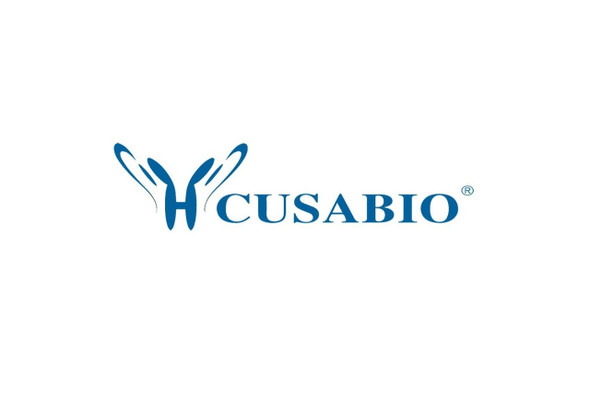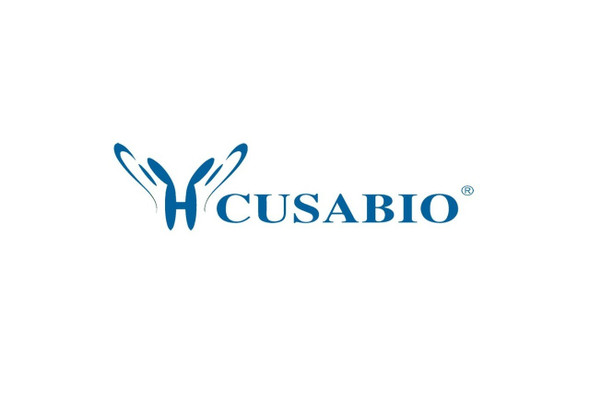Cusabio Rattus norvegicus Recombinants
Recombinant Rat Eukaryotic translation initiation factor 3 subunit I (Eif3i) | CSB-BP007538RA
- SKU:
- CSB-BP007538RA
- Availability:
- 3 - 7 Working Days
Description
Recombinant Rat Eukaryotic translation initiation factor 3 subunit I (Eif3i) | CSB-BP007538RA | Cusabio
Alternative Name(s): Eukaryotic translation initiation factor 3 subunit 2 (eIF-3-beta) (eIF3 p36) (eIF3i) (Eif3s2)
Gene Names: Eif3i
Research Areas: Epigenetics and Nuclear Signaling
Organism: Rattus norvegicus (Rat)
AA Sequence: MKPILLQGHERSITQIKYNREGDLLFTVAKDPIVNVWYSVNGERLGTYMGHTGAVWCVDADWDTKHVLTGSADNSCRLWDCETGKQLALLKTNSAVRTCGFDFGGNIIMFSTDKQMGYQCFVSFFDLRDPSQIDSNEPYMKIPCNDSKITSAVWGPLGECIIAGHESGELNQYSAKSGEVLVNVKEHSRQINDIQLSRDMTMFVTASKDNTAKLFDSTSLEHQKTFRTERPVNSAALSPNYDHVVLGGGQEAMDVTTTSTRIGKFEARFFHLAFEEEFGRVKGHFGPINSVAFHPDGKSYSSGGEDGYVRIHYFDPQYFEFEFEA
Source: Baculovirus
Tag Info: N-terminal 10xHis-tagged
Expression Region: 1-325aa
Sequence Info: Full Length
MW: 38.9
Purity: Greater than 85% as determined by SDS-PAGE.
Relevance: Component of the eukaryotic translation initiation factor 3 complex, which is required for several steps in the initiation of protein synthesis. The eIF-3 complex associates with the 40S ribosome and facilitates the recruitment of eIF-1, eIF-1A, eIF-2:GTP:methionyl-tRNAi and eIF-5 to form the 43S pre-initiation complex. The eIF-3 complex stimulates mRNA recruitment to the 43S PIC and scanning of the mRNA for AUG recognition. The eIF-3 complex is also required for disassembly and recycling of post-termination ribosomal complexes and subsequently prevents premature joining of the 40S and 60S ribosomal subunits prior to initiation. The eIF-3 complex specifically targets and initiates translation of a subset of mRNAs involved in cell proliferation, including cell cycling, differentiation and apoptosis, and uses different modes of RNA stem-loop binding to exert either translational activation or repression.
Reference: "The protein partners of GTP cyclohydrolase I in rat organs." Du J., Teng R.J., Lawrence M., Guan T., Xu H., Ge Y., Shi Y. PLoS ONE 7:e33991-e33991(2012)
Storage: The shelf life is related to many factors, storage state, buffer ingredients, storage temperature and the stability of the protein itself. Generally, the shelf life of liquid form is 6 months at -20?/-80?. The shelf life of lyophilized form is 12 months at -20?/-80?.
Notes: Repeated freezing and thawing is not recommended. Store working aliquots at 4? for up to one week.
Function:
Involvement in disease:
Subcellular Location:
Protein Families:
Tissue Specificity:
Paythway:
Form: Liquid or Lyophilized powder
Buffer: If the delivery form is liquid, the default storage buffer is Tris/PBS-based buffer, 5%-50% glycerol. If the delivery form is lyophilized powder, the buffer before lyophilization is Tris/PBS-based buffer, 6% Trehalose, pH 8.0.
Reconstitution: We recommend that this vial be briefly centrifuged prior to opening to bring the contents to the bottom. Please reconstitute protein in deionized sterile water to a concentration of 0.1-1.0 mg/mL.We recommend to add 5-50% of glycerol (final concentration) and aliquot for long-term storage at -20?/-80?. Our default final concentration of glycerol is 50%. Customers could use it as reference.
Uniprot ID: B0BNA7
HGNC Database Link: N/A
UniGene Database Link: N/A
KEGG Database Link: N/A
STRING Database Link: N/A
OMIM Database Link: N/A







